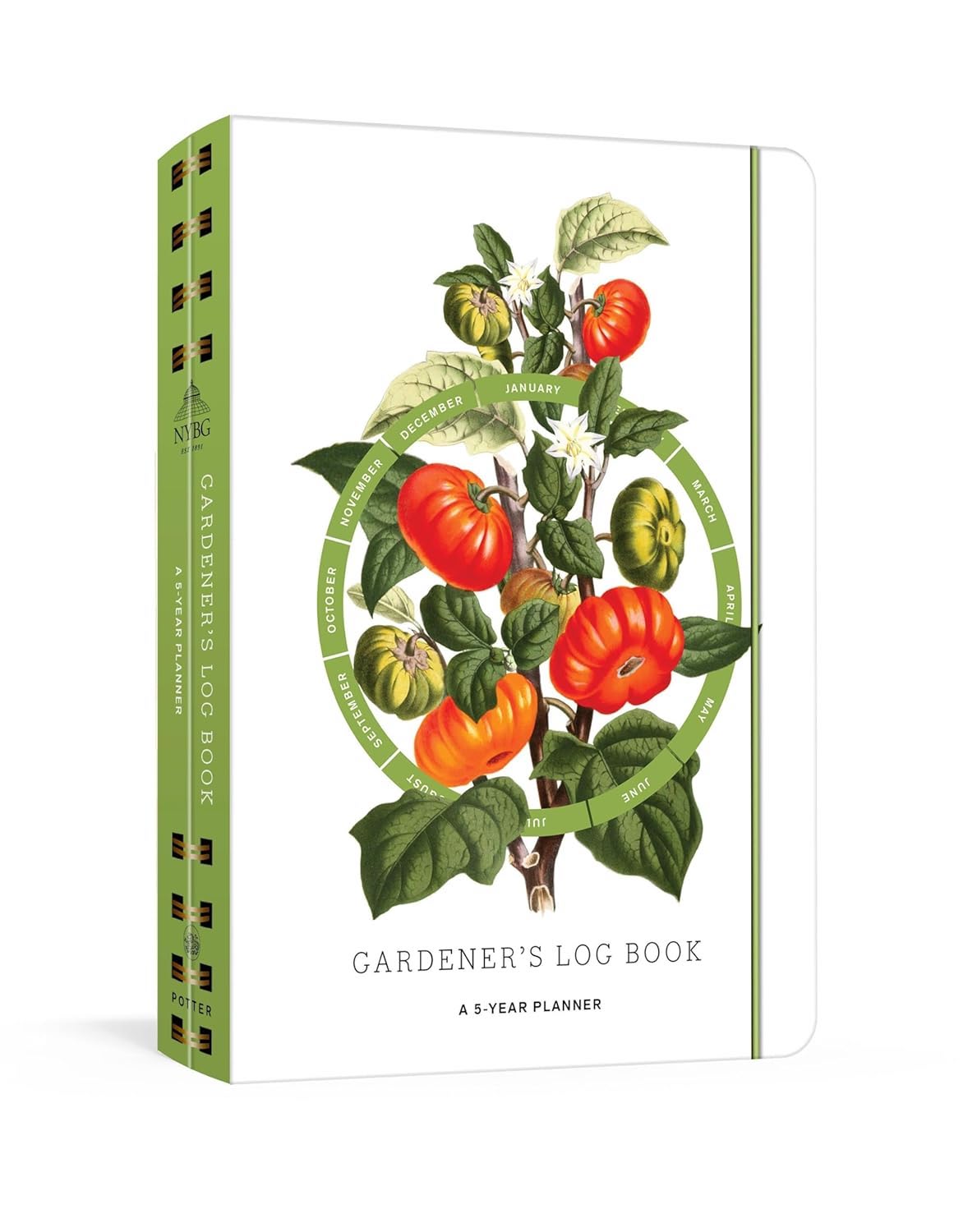Learn to Can Tomatoes, Step by Step
This comprehensive guide will help you preserve and store your harvest

Canning high-acid vegetables, like tomatoes, using the hot-water-bath method is easy, fast, and very safe.
Early autumn is a time of year when my wife and I look forward to canning time. JoAnn loves to can peaches, pears, peppers, and especially tomatoes. Those bright red harbingers of great sauces fill our garden baskets for a few precious weeks, and a flurry of canning makes winter a bit easier to face; we have summer in jars.
First, of course, you’ll need to make the sauce, and you probably already have a favorite recipe. If you’re in search of one, try this fresh tomato purée (video).
TASK 1: Prepare the jars
Start the process by checking the jars for any chips around the top edge of the rim where the jar and lid meet. Anything less than a smooth rim will cause the seal to fail. Wash the jars with dish soap and water. Be sure to rinse the jars thoroughly.
Bring a canner full of water to a rapid boil, then dip the jars into the water for about 10 seconds to sterilize them. Place the hot jars inverted on a clean cotton dish towel.
We sterilize as many jars as we plan to use during the canning session. Once the water in the canner has been used for sealing the jars, it isn’t clean enough to use for sterilizing jars.
TASK 2: Fill the jars
Working quickly is the key to good canning results. Heating the sauce before filling the jars will make the process go quicker and lessens the chance of the jars’ heat-cracking when lowered into the hot water bath. We try to start filling the jars while they’re still warm from the sterilizing process. We use a canning funnel that has a fill mark molded into the neck. About a 1/4 in. to 1/2 in. headspace (empty space between the top of the sauce and the rim of the jar) is necessary to keep the sauce from expanding out of the jar during the hot water bath and thereby ruining the seal.
 |
 |
| 4. Heat the sauce before filling the jars. JoAnn is using a canning funnel for speed and accuracy. | 5. Fill the jars to the raised rib that’s visible in this photo just above the sauce. |
TASK 3: Prep the lids and rings
Sterilize the lids by tossing them into a pan of boiling water for a minute. Make sure you have enough rings handy. If they’ve been used before, check the inside edge of the ring, where it meets the lid, for dents or corrosion that could compromise a good seal.
Before placing the lid on the jar, wipe the rim of the jar clean with a wet paper towel. Sauce on the rim will result in a failed seal between the lid and jar.
TASK 4: Do the water bath
Water-bath canners are inexpensive, long-lasting, and easy to use. A jar rack makes the process much safer and a whole lot easier. The rack will hold seven quart jars above the water for easy loading, and the handles make it easy to lower the jars into and out of the hot water.
 |
16. Cover the canner. When the water starts boiling, set the timer for 30 minutes. Adjust the burner heat to keep the water at a low boil. |
TASK 5: Lift and cool
When the timer sounds, turn off the burner and lift the jar rack to the high position. It’s a good idea to get the jars out of the canner immediately. Use the jar lifter to remove the jars, then place them on a cloth. I also immediately wipe the standing water off the lid. As the jars cool, a vacuum forms under the lids, pulling the center of the lids down and causing an audible click or snap; this sound ensures that a good seal has formed. After the jars have cooled, check to make sure the lids have sealed. The lids will be depressed in the center, and a light tap will result in a dull thud. If a lid isn’t sealed, you can simply put the jar in the fridge and either use it in the next few weeks or add it to the next batch of canning tomato sauce.
I use a fine-point marker to date the jars on the lid, making it easy to keep track of my pantry inventory; the oldest jars are used first.
Store your canned goods in a dry, cool, dark place. Properly stored tomatoes will keep for at least a couple of years, and I’ve had some that got lost in the pantry that were still fine after several years.
Fine Gardening Recommended Products

The New Organic Grower, 3rd Edition: A Master's Manual of Tools and Techniques for the Home and Market Gardener, 30th Anniversary Edition
Fine Gardening receives a commission for items purchased through links on this site, including Amazon Associates and other affiliate advertising programs.

A.M. Leonard Deluxe Soil Knife & Leather Sheath Combo
Fine Gardening receives a commission for items purchased through links on this site, including Amazon Associates and other affiliate advertising programs.

Gardener's Log Book from NYBG
Fine Gardening receives a commission for items purchased through links on this site, including Amazon Associates and other affiliate advertising programs.






















Comments
Log in or create an account to post a comment.
Sign up Log in